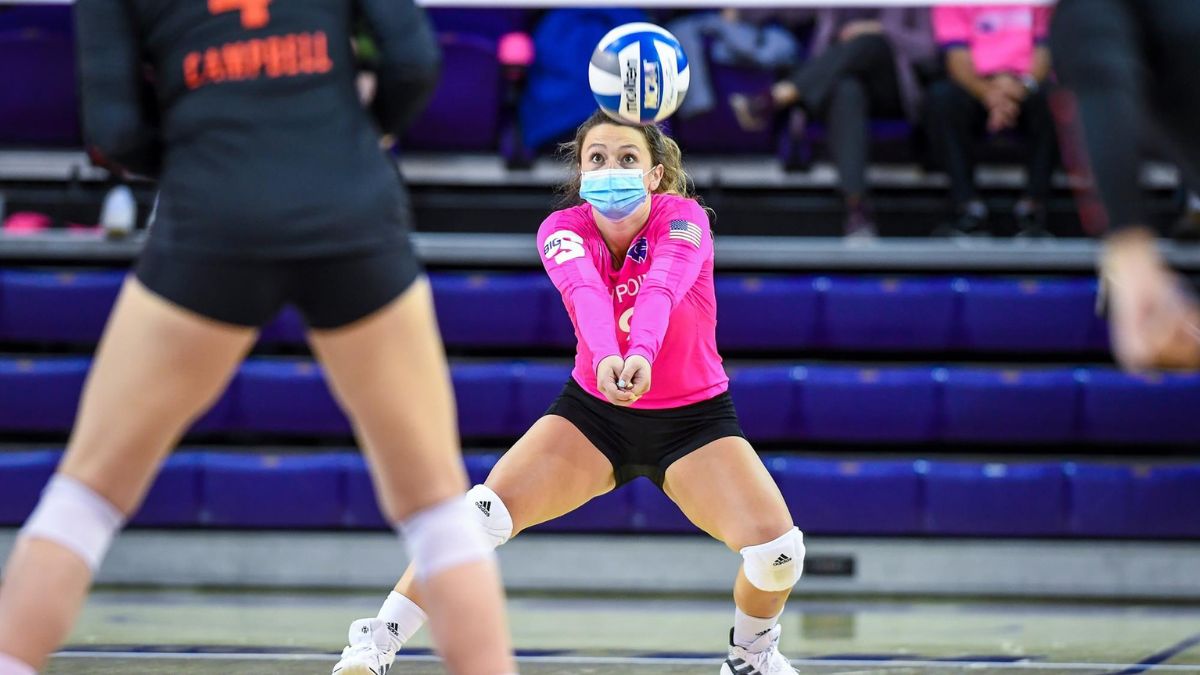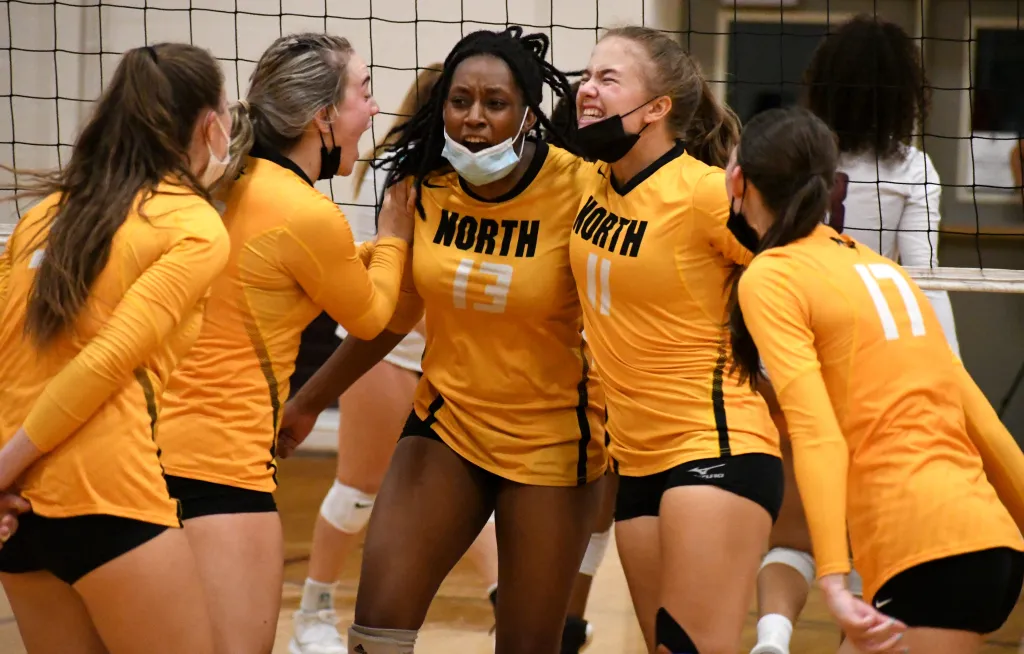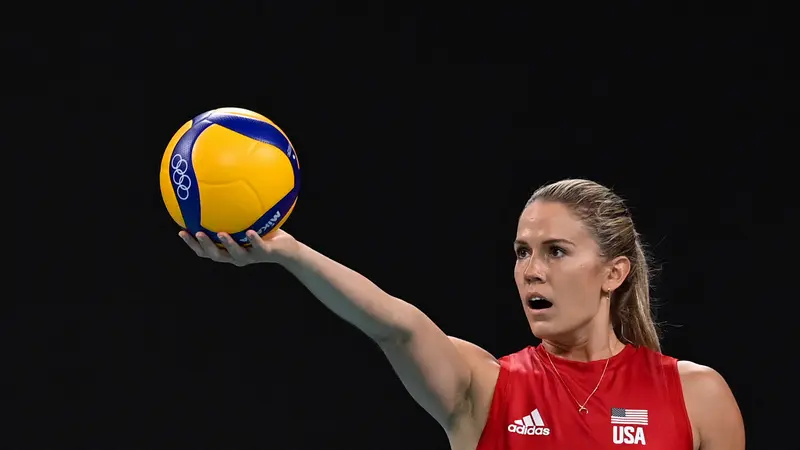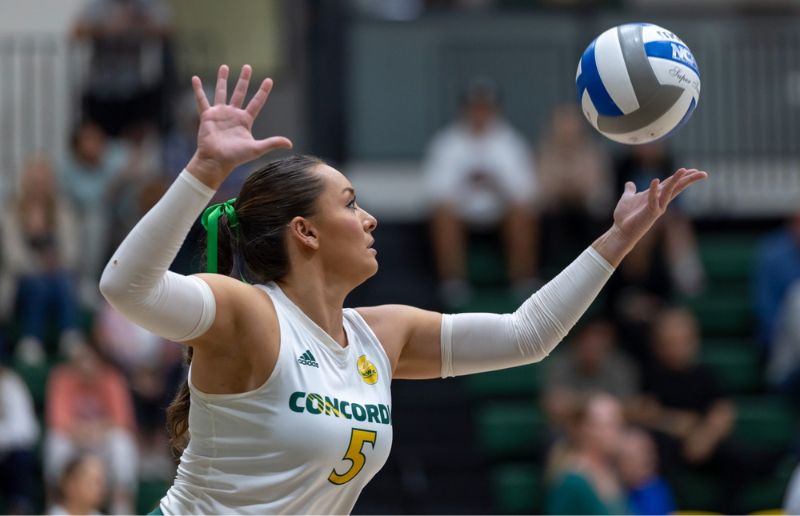Finding the Perfect Position for the Shortest Player in a Volleyball Team
In the dynamic sport of volleyball, height often plays a significant role in determining player positions. However, being the shortest player on the team does not mean being relegated to the bench. In fact, strategic placement and skill specialization can make the shortest player a valuable asset. This article explores the ideal position for the shortest player on a volleyball team, backed by statistics, expert opinions, and examples from the world of volleyball.
Understanding the Role of Height in Volleyball:
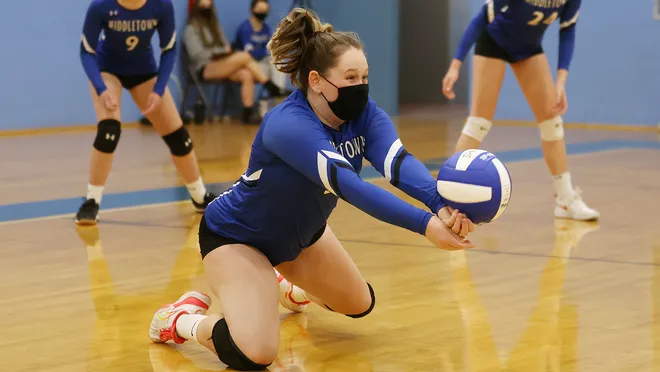
Height is undoubtedly an advantage in volleyball, particularly for positions like middle blocker and outside hitter. Taller players can reach higher, block more effectively, and spike with greater power. However, the sport also demands agility, speed, and precise ball control, qualities that aren’t solely dependent on height.
See also: How many players are in women’s volleyball?
The Libero Position:
The libero position offers an ideal opportunity for the shortest player to shine. Liberos are defensive specialists tasked with receiving serves, digging, and providing defensive support.
While height can be advantageous in blocking, it’s less critical in defensive play. According to statistics, some of the most successful liberos in volleyball history have been relatively shorter players.
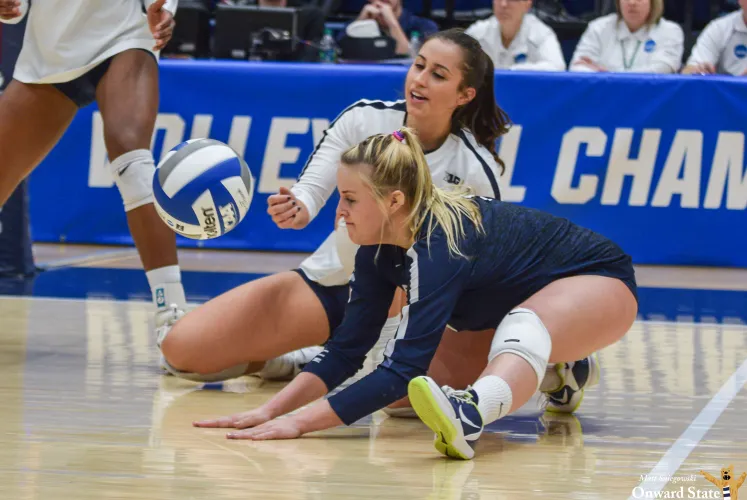
See also: 8 Skills YOU Need to Be a Successful Volleyball Player
Statistics:
- According to FIVB (Fédération Internationale de Volleyball), the average height of male professional volleyball players ranges from 6’3″ to 6’8″, while for female players, it’s around 5’10” to 6’3″.
- However, notable exceptions exist, such as Sergio Santos, the Brazilian libero standing at 5’8″, who won numerous Olympic and World Championship titles.
Role of the Libero:
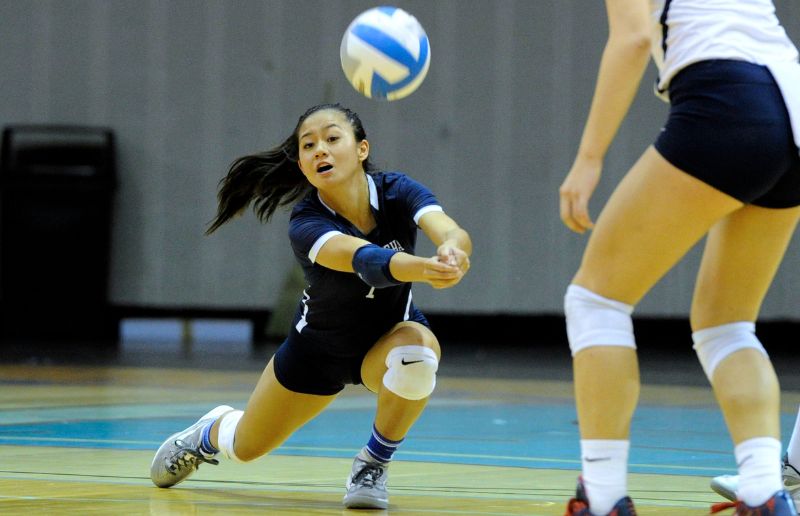
- Passing and Defense: Liberos excel in passing and defense, utilizing their speed and agility to cover large areas of the court. They often lead in digs and serve receive percentages, crucial for maintaining ball control during rallies.
- Leadership and Communication: Liberos act as on-court leaders, organizing defensive formations and providing vocal support to teammates. Height becomes secondary to their ability to read the game and react swiftly.
Examples from Professional Volleyball:
Fabiana Oliveira (Brazil):
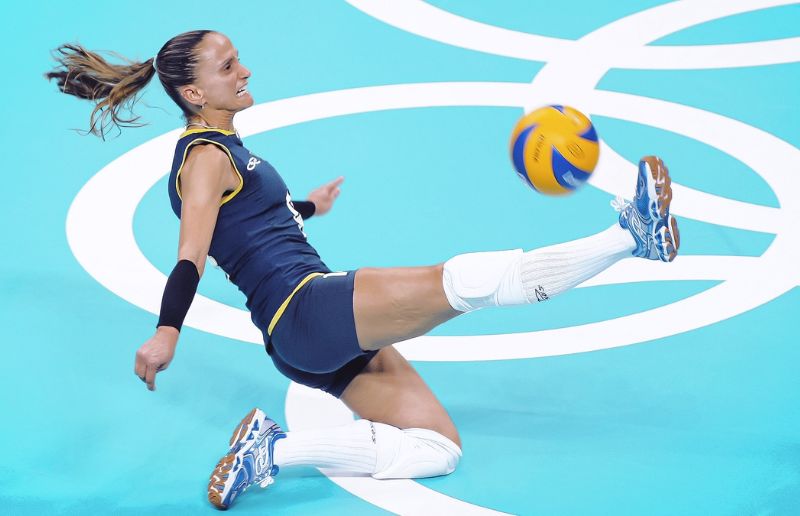
Despite standing at 5’5″, Oliveira made a significant impact as a libero for the Brazilian women’s national team, contributing to multiple Olympic medals and World Championship titles.
Dustin Watten (USA):
Standing at 5’10”, Watten has been a prominent libero for the United States men’s national team, showcasing exceptional defensive skills and leadership on the court.
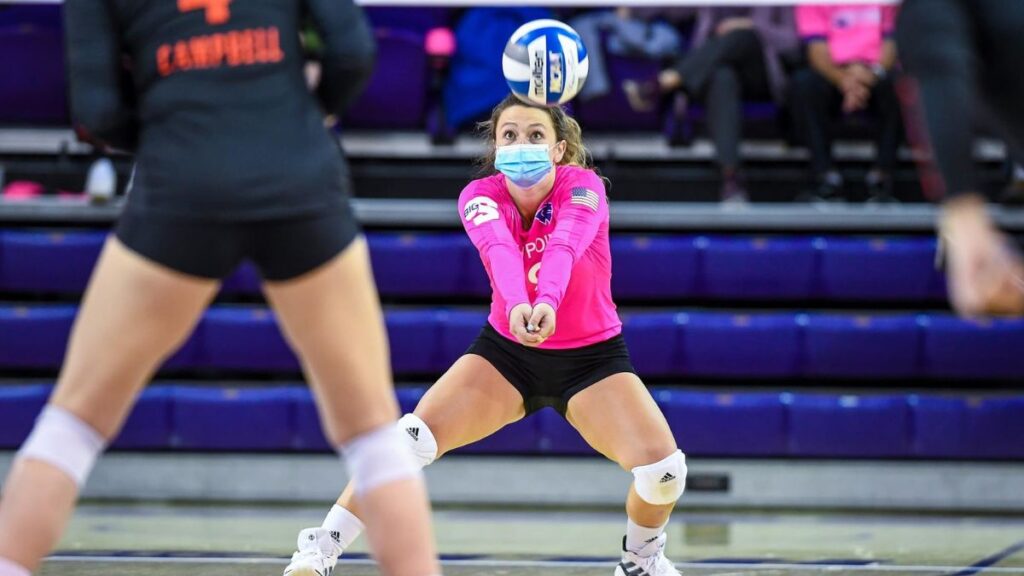
Conclusion:
While height is a factor in volleyball, it doesn’t exclusively determine a player’s effectiveness. The libero position offers the shortest player an opportunity to thrive, emphasizing skills like speed, agility, and ball control.
Through examples from professional volleyball and statistical analysis, it’s evident that height is not a barrier to success in the sport. Embracing one’s strengths and mastering the specialized role of libero can elevate the shortest player to a crucial position within the team.
